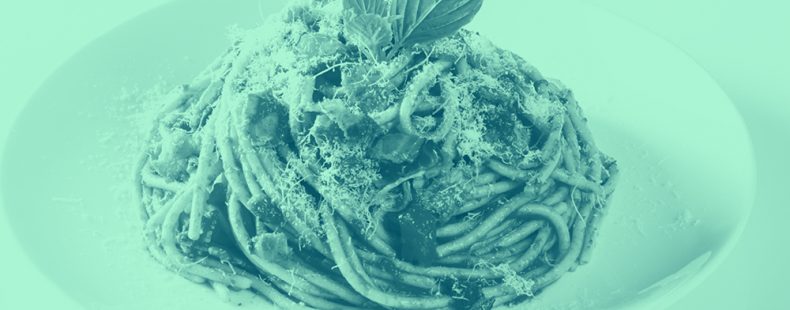If you’re looking to serve pasta, and you’re in a situation where not just any plain old pasta will do, the good news is that you have plenty of options. Things can get a little confusing if you don’t enter the grocery store with a specific pasta shape in mind that’s perfect for what you’re looking to cook, though.
You have your standard go-tos that get the red sauce treatment—spaghetti is one of the most common that comes to mind here. Then there are the shapes that are specially designed to pick up and hold sauce, meat, and cheese, like the corkscrew-shaped fusilli or the specialty shape cascatelli. And don’t forget the flat noodles like fettuccine and the stuffed noodles like ravioli.
In short, there’s a wide world of Italian pastas out there. One of the best ways to know what you’re getting and why each noodle has the shape it does is to know what the name means. Spaghetti comes from the word for “rope,” for example, while fusilli comes from the word for “little spindle.”
Perhaps you’re familiar with many of these types of pasta from ordering and eating them whenever you head out to your favorite Italian restaurant. But if you feast yourself on these pasta names (and their meanings), you’ll know exactly what you’re eating next time you’re enjoying a plate.
And once you’re done indulging in these pasta words, get ready for the final course: a quiz on pasta names!






















